Singapore is an incredibly successful country on the southern tip of Malaysia. More than 5 million people are packed into this compact area. It is a veritable smorgasbord of ethnicities, languages, and religions. For instance, Singapore recognizes four languages: English, Malay, Tamil, and Mandarin. While 75 percent of the population is Chinese, with the remainder being mostly Malay and Indian, surprisingly a small Armenian community played an outsized role in this city-state. Singapore is the model of a successful free market economy, rated in 2013 as the second freest economy. It has a per capita income that ranks third in the world. To put that in perspective, one out of six citizens has a net worth of over a million dollars even while excluding property!
Marina Bay Sands, an iconic new addition to the Singapore skyline, is the most expensive building in the world at close to $5 billion. It was premiered in 2010, and 3 towers that comprise the complex stand at 55 floors with a platform known as the Sands SkyPark on top connecting the three towers. The Sands SkyPark includes an observation deck, restaurant, and an infinity pool (guests only!). The complex, which sits on reclaimed land, has more than 2,500 rooms and a casino. Remember to double down!
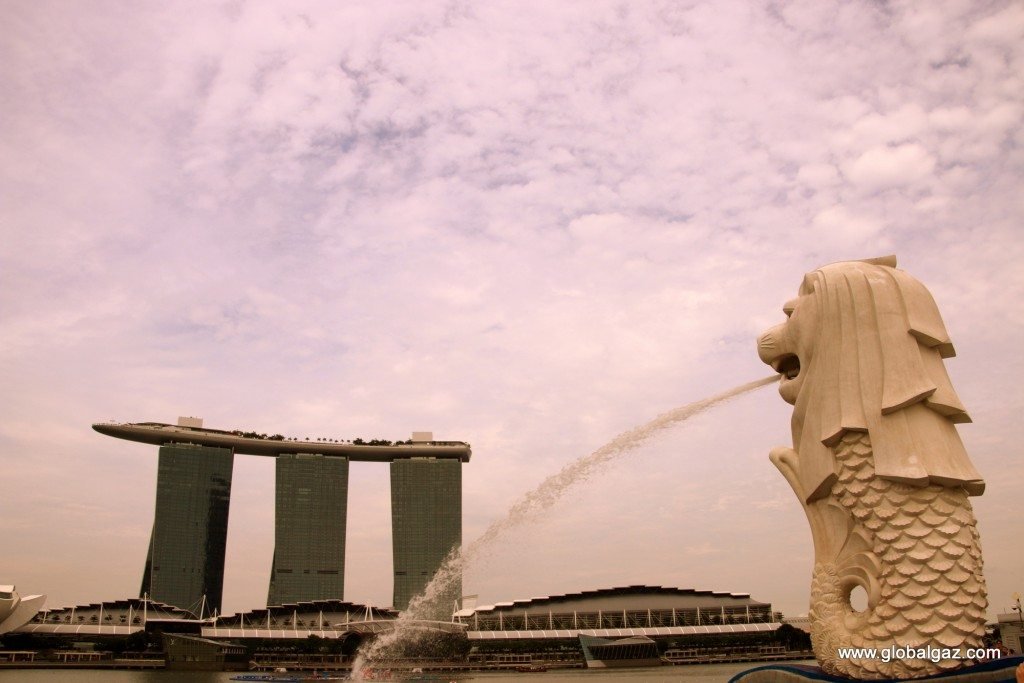

Adjacent to the Marina Bay Sands is Gardens By The Bay, which was created in 2012. Over 200 acres of green space are packed in the middle of the dense city-state of Singapore. Two giant greenhouses rise into the sky. The first is the Flower Dome, which is a giant, enclosed three-acre space containing seven unique gardens. The second is the Cloud Forest, which showcases a 115-foot tropical waterfall. As I strolled though the greenhouses, I spied the Sands SkyPark in the distance. I felt like I was in the flotilla in Battlestar Galactica, looking at a passing spaceship the SS SkyPark. The highlight of the garden is the Supertree Grove, a series of “trees” that rise to heights of 160 feet. At night these trees are lit up, and twice during the evening there is a light and music show.

A very dark period in Singapore history is the Japanese occupation during World War II. Singapore was a British colony at the time, and the British were quickly routed by the Japanese. Upon occupation, 3,000 civilians were marched directly from the city to Changi Prison. The prison was meant to hold 600 criminals, but the Japanese managed to squeeze in 5 times more including children. Nearby the prison, 50,000 POWs, mostly British and Australian, were held. Today, a museum memorializes these victims and survivors, and includes a replica of a chapel that was built by the POWs in 1944 using rudimentary tools.
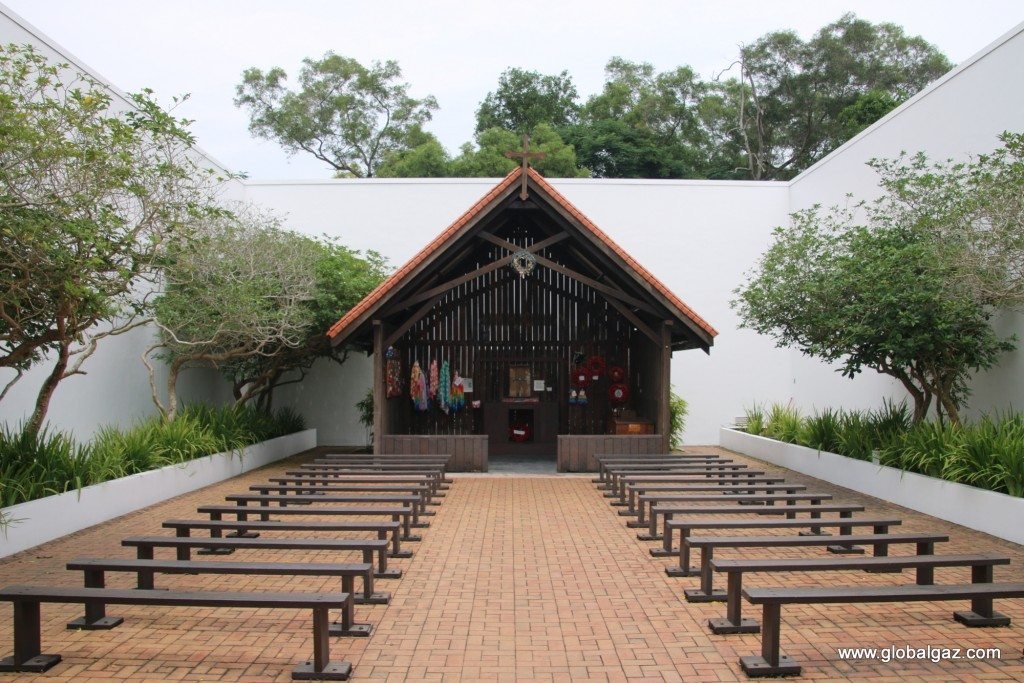
Singapore is a great city to walk and explore. If need be, simply jump on the MRT, its unbelievably efficient and expansive subway system. One fun neighborhood to get lost in is Chinatown. A new addition to the skyline is the 2007 Buddha Tooth Relic Temple. The four-story temple is said to host a tooth of Buddha Shakyamuni. This vibrant and colorful temple is well worth the visit.
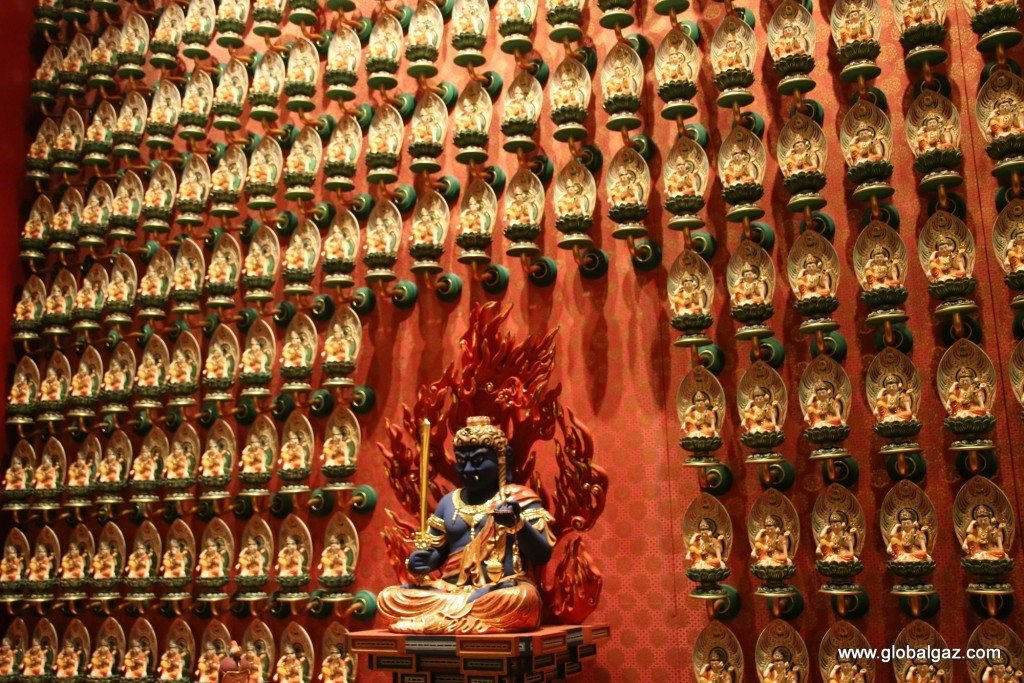
A special place to visit is the oldest remaining church in Singapore. This modest, white church was consecrated in 1836. The church happens to be the Armenian Apostolic Church of St. Gregory the Illuminator located on Armenian Street. It was established for the benefit of a small Armenian community, which at its height in the 1880’s reached approximately 100 families. Armenians had established a preliminary foothold in Asia, including in India, Burma, Malaysia, and Indonesia. They played influential roles as traders and merchants in the region. The last Armenian parish priest left in the 1930’s. By the 1950’s, most of the Armenian community had slipped away, many immigrating to Australia. Today, the church is a national monument.
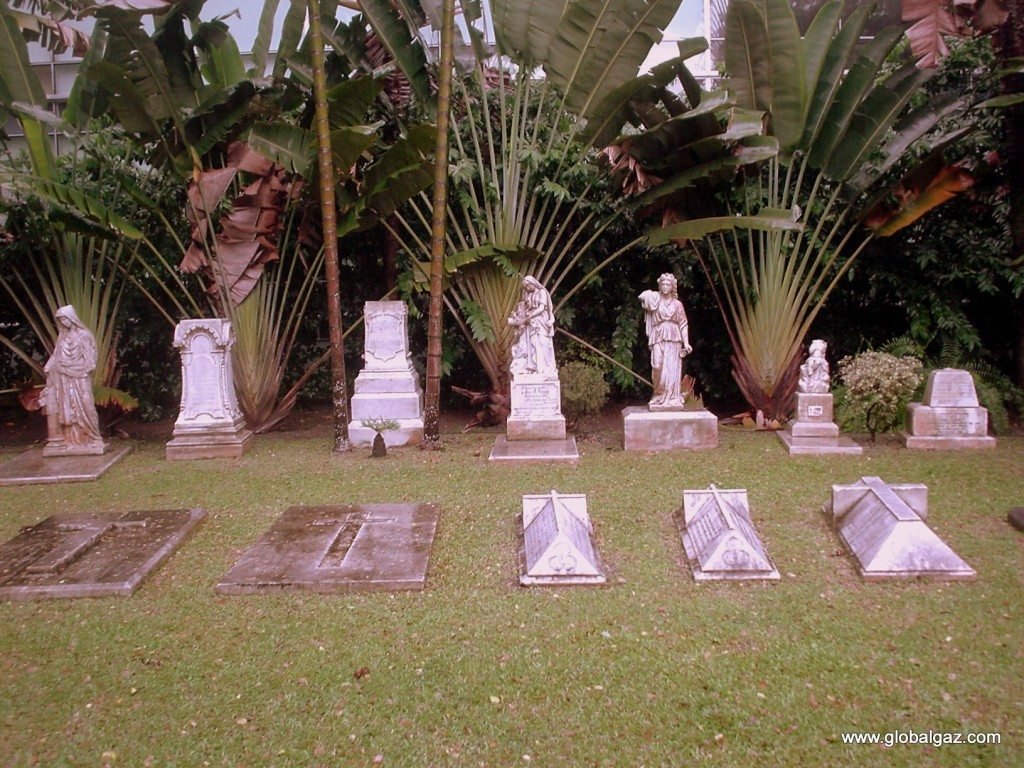
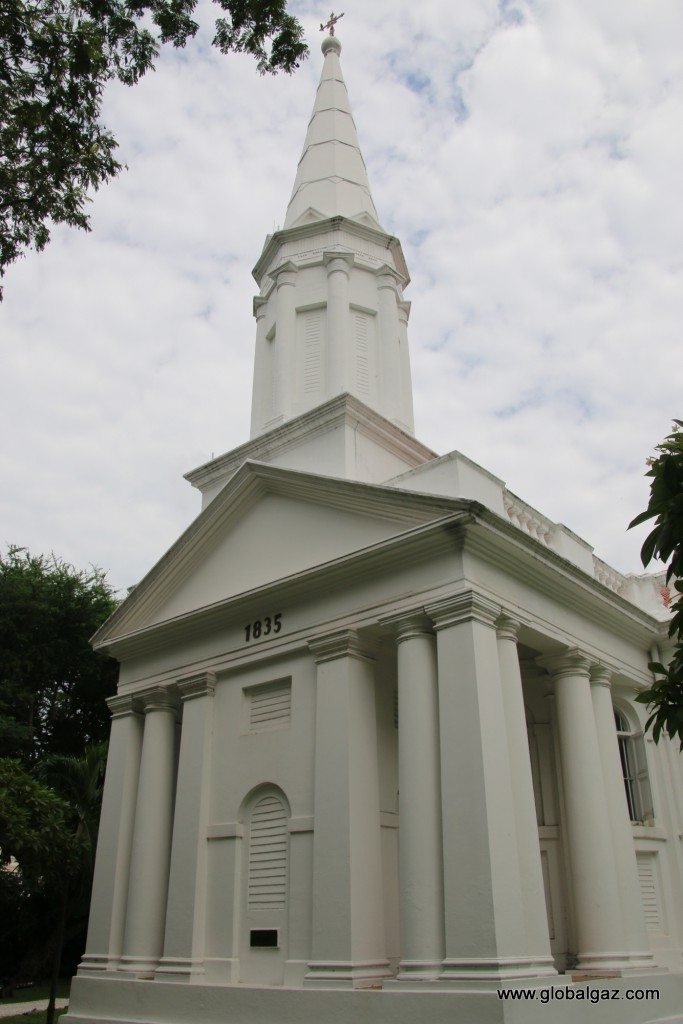
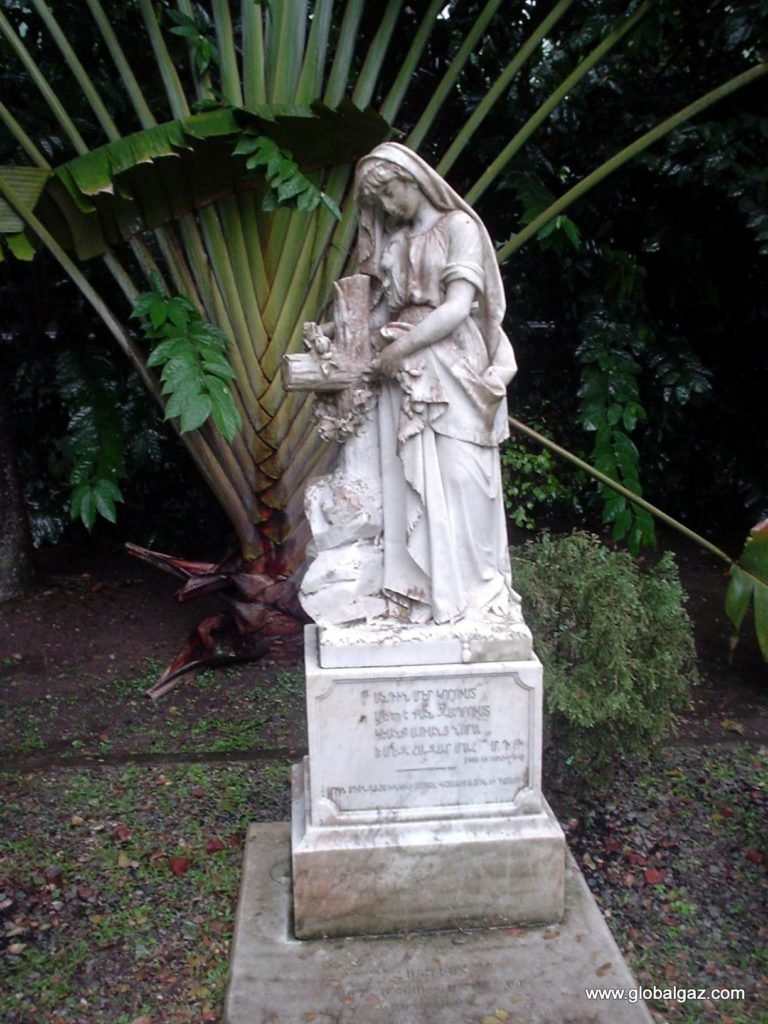
Despite representing a small fraction of the Singapore community, the Armenians played a significant role in Singapore. In 1845, Catchick Movessian co-founded the Singapore Straits Times. Today, this paper is the highest-selling paper in Singapore. A quartet of brothers from Isfahan, Iran, also made an impact. The Sarkies brothers over a 45-year period founded or managed 6 hotels in Southeast Asia. Their properties were considered the most prestigious hotels in the region. Most well known is the legendary Raffles Hotel founded in 1887 in Singapore. While rates start at $500, you might consider quaffing a Singapore Sling at the Long Bar. Both the drink and the bar are iconic landmarks in Singapore. Agnes Joaquim, a horticulture enthusiast, unveiled her flower at a competition there, and won the $12 prize in 1899. The Vanda Miss Joaquim was later designated Singapore’s national flower.


So, as you stroll down the streets of the ultra-modern metropolis, remember the impact this small community of Armenians had on this nation-state.
Find out more about Ric’s work and travels here.


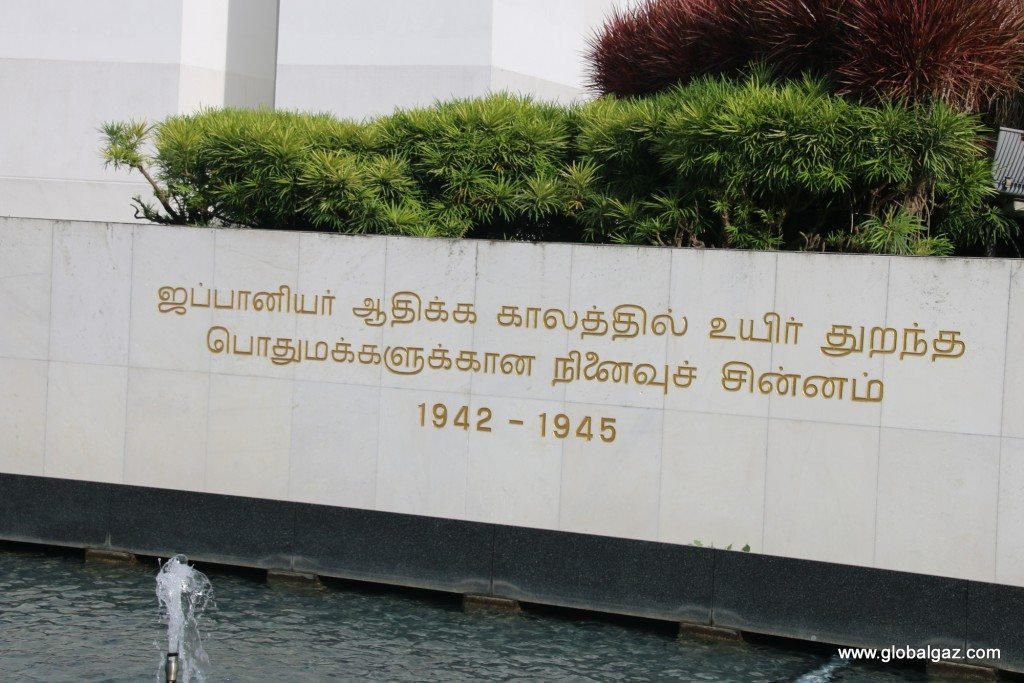
As a teen reading the AW, I remember stories about the Armenian church in Singpore. Many years later, I found myself in Singapore on business. I asked the hotel staff where the Armenian church was and to amazement they were all excited to meet an Armenian. The church was only a few blocks away and the church grounds were amazing. A cemetery dating back to the 1830’s with Armenian lettering. The church is simple but beautiful. On a subsequent visit , I met the caretaker and his wife. He was a retired geologist from New York and his wife an Armenian from Indonesia. They had managed to create trust that
Put the church under the protection of the government. They have tremendous respect for the legacy of the Armenian presence. I went into the church to pray and was so at peace to experience an Armenian presence in this tropical city in Southern Asia. There were many traveling Christians who came to the church to pray and learn. The Singaporians are wonderful and respectful people and feel honored to have this iconic church in their country.
Hi Stepan:
Wonderful story and experience. Thanks for sharing!
Good story, misleading headline. The headline promises to talk about the Armenians of Singapore. Unfortunately, there’s no such individual. I was there 15 years ago. Sunday Mass congregation was 100% odars, including the “priest” who was an Esso executive of Ukrainian-American descent.
I hope the Singapore government keeps the church and the cemetery as historic monuments and doesn’t allow Catholicos Karekin II attempt sell it.
Wonderful article ,I visited these places in 2006 , also the ones in Calcutta India. .. I found myself proud and very emotional at the same time.
I strongly recommend more Armenians plan to visit and support these great monuments
Agreed, it is a great experience to be able to visit these places around the world and see these communities of Armenians.
Nice travelogue, sparse on the history of the community there.
Anyone interested seriously in the Armenian presence in Singapore and Malayasia in general, and also in the orchid “Vanda Miss Joaquim” will want to read the works of Dr. Nadia Wright, now living in Australia, and a resident of Singapore. Some can be found at Amassia Publishing.
Armenians built and beautify the land they live.. It is in their genes and culture.
http://www.amassia.com.au/orchid.htm
some tidbits >>>
* Agnes Joaquim’s tombstone and, we presume, remains are actually in the graveyard on the grounds of the Armenian church in Singapore.
* There is a guestbook at the entrance to the church [more like a chapel in size and ‘in-the-round’ design] which chronicles the comments and signatures of countless visitors to the site. In itself, it’s a historic record.
There is no graveyard at St Gregory’s Church in Singapore. The tombstones which are now laid out in the Garden of Memories are mainly those which had been rescued from the Bukit Timah Cemetery in 1971 by Leon Palian of Washington who was then working in Singapore. Some are incomplete, including that of Agnes Joaquim (Ashkhen Hovakimian). Several other tombstones were added when the Bidadari Cemetery was redeveloped.
My grandmother was a close relative of the Sarkies brothers and other relatives could be found all over the region at that time. Interesting as Singapore is, the more astonishing story is the system that launched so many Julfan Armenians into trade into Europe in one direction and Asia in the other.
Andrew, I believe you and I are possibly related. I am a direct descendant of the Martin family in Singapore, two of my relatives gravestones are at St Gregorys , Michael Martin and his wife Mary Anna Martin . I am based in UK. Would love to know your grandparents names. I have a extensive family tree already done and definitely have Carapiet name in the tree, as well as Sarkies, Stephen, Apcar to name a few. Please contact me, would be interesting to get in contact.
Very interesting article ! Who knows more details about the two houses in Amsterdam that are older than 300 years and bear Armenian inscriptions on the forefront ?
I saw the church in the early ’80’s. It’s across the road from the Raffles Hotel. Our tour guide was excited to learn of my A background and said that a book had been published about the 20 A families that still resided there. Never heard anymore about the book.
The church is tiny–more of a chapel. But, seeing that structure warmed my heart.
I wish to know much more about the Armenian in Singapore and its church and activities, culture, lifestyle ….etc.
My Singapore mobile 65.986.19456
An individual Chinese, English speaking Singaporean, a Christian as accoridngly to the gospel of John, Matthew, Mark, …. New Testament.